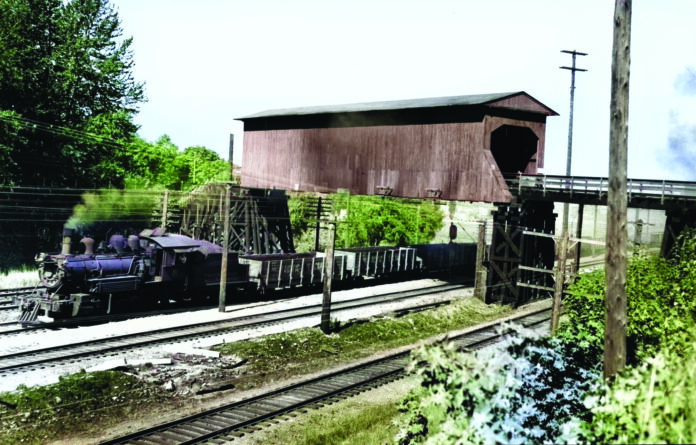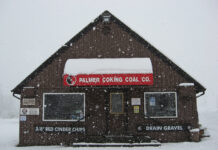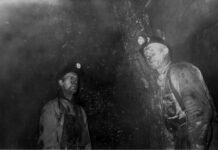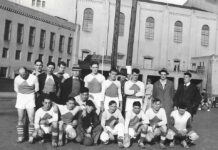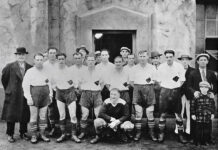What comes to mind when you picture a covered bridge? Many people imagine an idyllic scene, perhaps based on a favorite artist’s depiction or as reference in a book or film. Few have difficulty visualizing a “classic” covered bridge. There’s a certain romance connected to them.
Perhaps, it’s their association with idyllic scenes in simpler times of horse-drawn buggies and autumn leaves. Or maybe it’s the thrill of crossing over a river within a tunnel, not seeing the flowing waters below. Or covered bridges might call to mind the film, “The Bridges of Madison County,” a romantic drama starring Clint Eastwood and Meryl Streep based on the popular book by Robert James Waller. It was one of the bestselling novels of the 20th century with sales of over 50 million copies.
Yet, these structures have a visual appeal that has generally outlived their utility. Despite their allure, Washington State didn’t have many covered bridges and only five remain, one each in Clark, Grays Harbor, Klickitat, Pierce, and Wahkiakum Counties. But from 1903 to 1958, the Allentown Covered Bridge carried passenger vehicles over two sets of rail lines. The 120-foot-long, Howe-truss bridge was built by the railroad and burned to the ground in May 1958. It was only a stone’s throw from the Duwamish River and was also known as the Steel Hill Bridge.
Today its replacement, the South 129th Street Bridges crosses both I-5 and the Burlington Northern and Union Pacific Railroads. The overpass, also known as the Archie Codiga Bridge, is 930 feet in length. It is the primary gateway to Allentown, an area named after Joseph Allen who subdivided his original homestead in 1907. Duwamish is a sister neighborhood to the north, but both are now part of Tukwila following a 1989 annexation into the city. Native Americans of the Duwamish Tribe lived here first and made their homes along the Black and Duwamish Rivers. The word ‘Tukwila’ is the Chinook Jargon for nuts, referring to the forests of hazelnut trees that grew in the area.
Just 200 feet west of the South 129th Street Bridge at 50th Place South sits Codiga Park. Named for Attilio ‘Archie’ Codiga (1886-1952), a Switzerland-born immigrant farmer, the 6.5-acre park has 10 parking stalls, picnic tables, and a walking path with river access. It’s a former dairy farm with a partially restored tidal wetland that provides a faded glimpse of what the Duwamish River once might have looked like.
This 1951 photo features Pacific Coast Railroad Engine No. 16, a coal-fired locomotive pulling a short train of empty cars and traveling eastbound as it passes below the Allentown Bridge. During the heyday of railroading in the 1920s, as many as 200 trains traveled under this span each day. The Allentown crossing had a reputation as the most accident-prone bridge in King County, perhaps owing to its narrow width and lack of lighting inside.
This image by Albert Farrow comes courtesy of JoAnne Matsumura, an Issaquah historian and collector. Photo colorization was performed by Doug “Boomer” Burnham, a Tahoma photo instructor doing business as www.boomersphotography.com/

